Clinical Chemistry
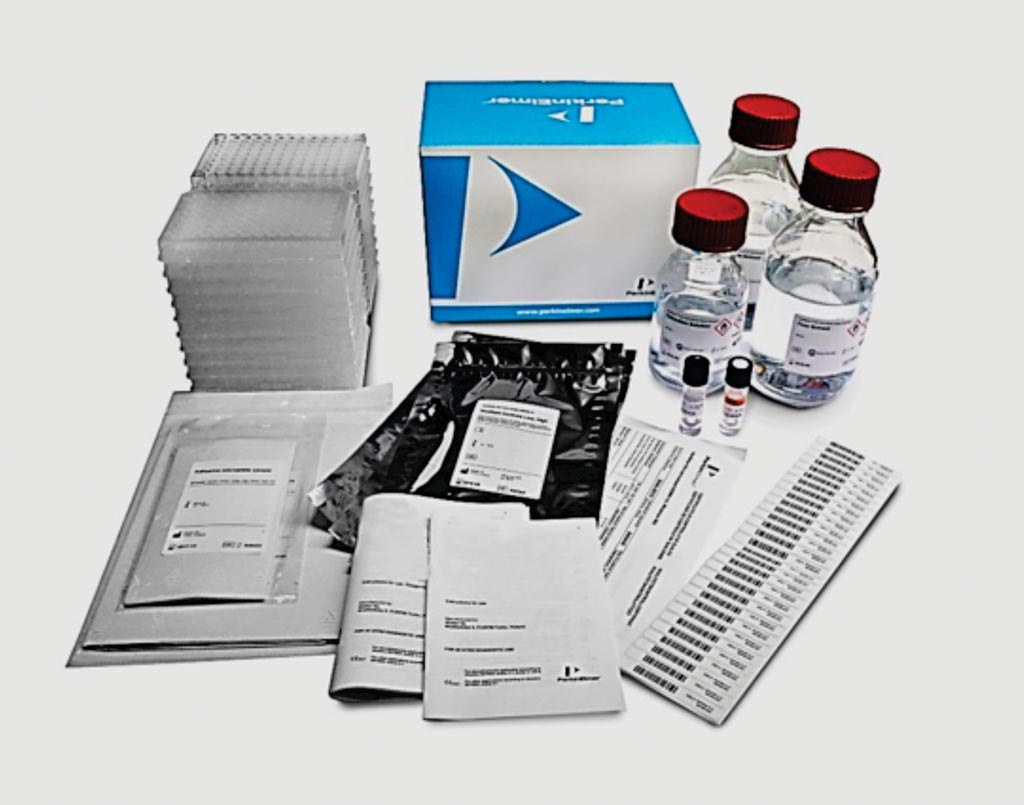
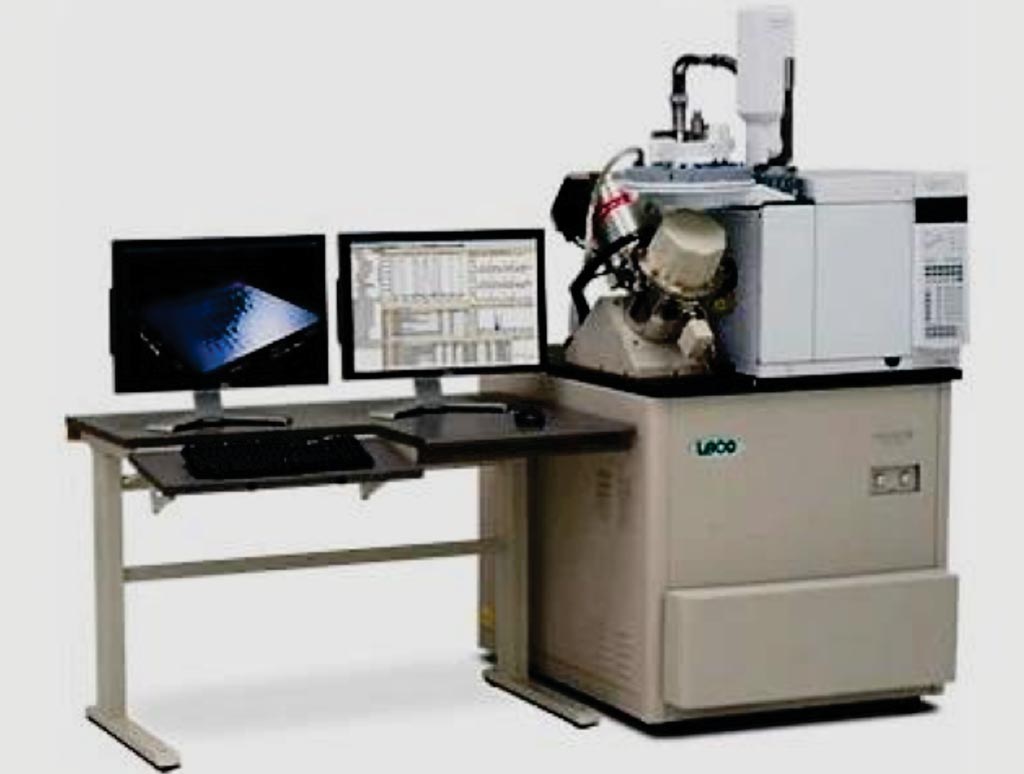
Metabolite Biomarkers of Chronic Typhoid Carriage Detected
Detecting chronic carriers of typhoid is of public health relevance in areas where enteric fever is endemic, but there are no routinely used methods for prospectively identifying those carrying Salmonella in their gallbladder. More...12 Feb 2018
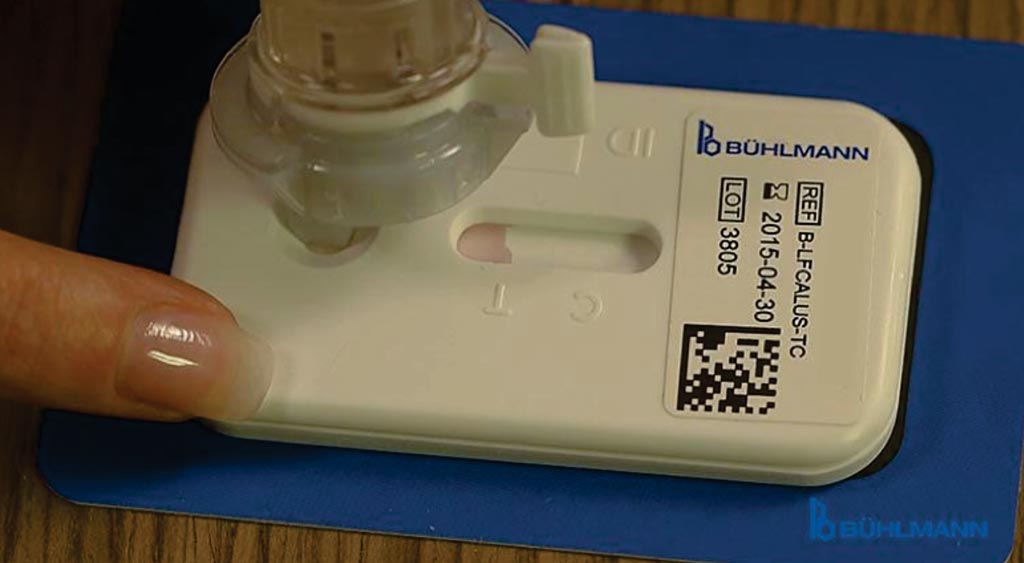
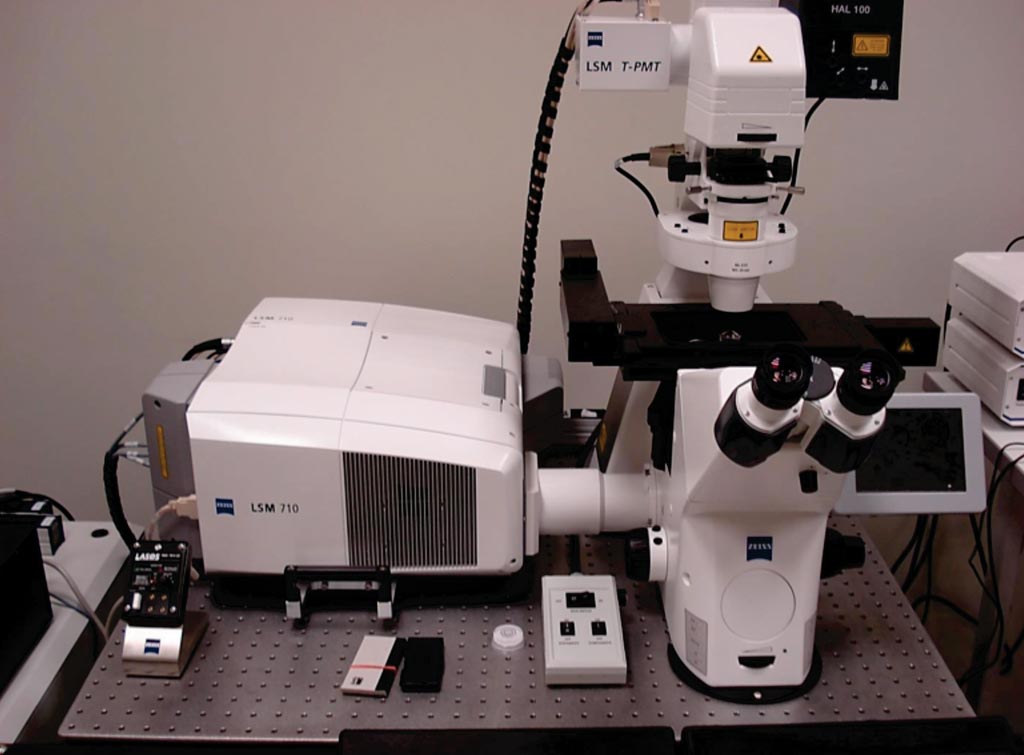
Glycan-Attaching Enzyme Defines Colon Cancer
An enzyme that is absent in healthy colon tissue but abundant in colon cancer cells and this enzyme appears to drive the conversion of normal colon tissue into cancer by attaching sugar molecules, or glycans, to certain proteins in the cell. More...08 Feb 2018


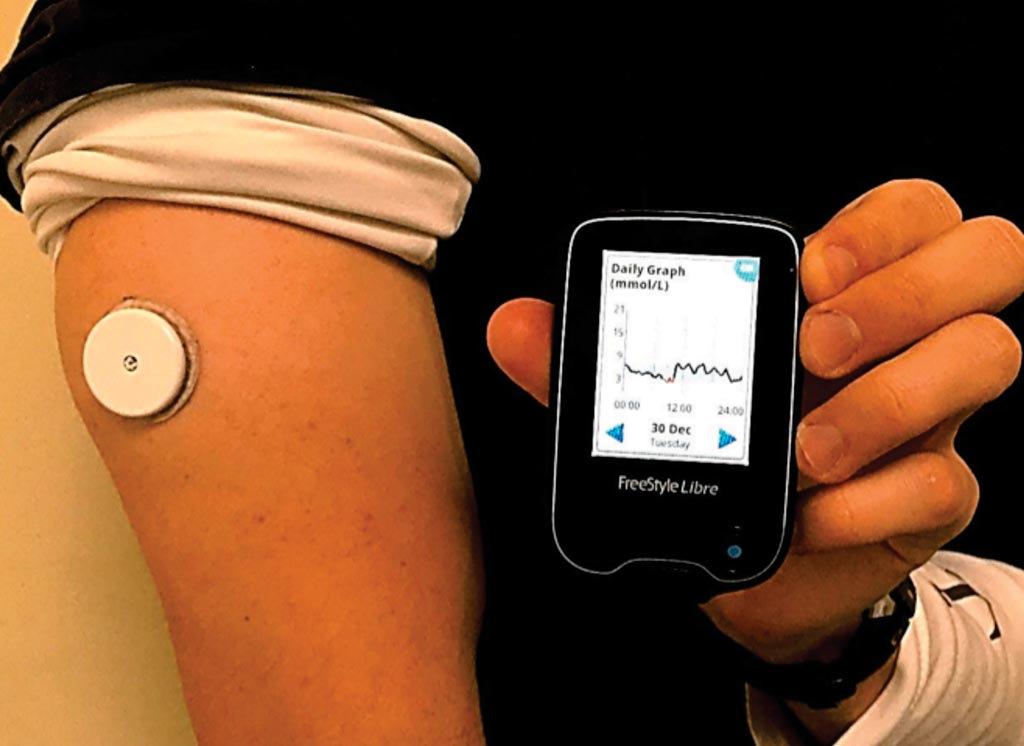
New Guidelines Issued for Diabetes Testing
The American Diabetes Association (ADA) in its 2018 Standards of Medical Care in Diabetes is recommending continuous glucose monitoring (CGM) to all adults 18 and over who are not meeting glycemic targets, as well as screening high-risk youths for type 2 diabetes. More...30 Jan 2018
In Other News
New Cholesterol Calculation May Avoid Fasting
Serum Albumin Level Predicts Serious HIV Events
Blood Gas Analyzers for POC Validated
Lipidome Tested As Predictor in T2DM Progression
Biosensor System Developed for Blood Glucose Monitoring
Protein Signature Associated with Outcome in Metastatic Melanoma
Stability of Cardiac Biomarkers Tested in Different Samples
Lipid Biomarker Concentrations Associated with CVD Risk
Comprehensive Metabolic Profiling Assessed for Chronic Inflammation
Exhaled Nitrous Oxide Adjunct Test Diagnoses Asthma
Antihypertensive Agents Reduce Heart Biomarkers Levels
Biomarker of Kidney Disease Identified in Sickle Cell Anemia
High Plasma Glucose Raises Baby Heart-Defect Risk
Spinal Tap Needle Impacts Risk of Complications
Smartphone Case Offers Glucose Monitoring Regardless of Location
Blood Test Monitors Nerve Protein in MS Patients
Metabolites Altered in Chronic Kidney Disease
Blood Biomarker Detected for Different Diseases
Diagnostic Test Identified for Pediatric Biliary Atresia
Physicians Perform Fewer Prostate Biopsies Post-Phi Testing
Newly Developed Automated Immunoassay Analyzed
Test Detects Overdose Patients at Risk of Liver Damage
Blood Test Reduces Interim for Evaluating Cancer Treatment
The Clinical Chemistry channel updates the reader on tests, techniques, and research in the field - from routine assays to specialized tests on blood, urine, enzymes, lipids, hormones and more.










